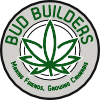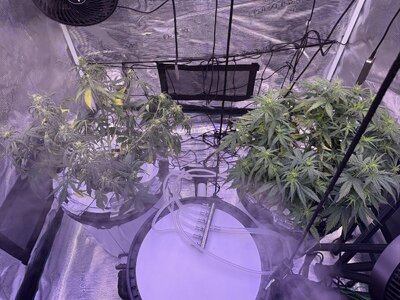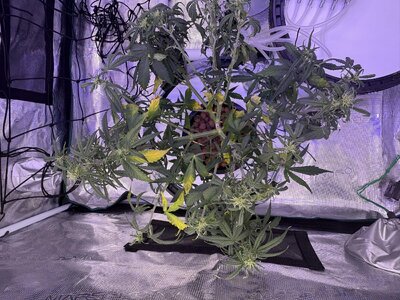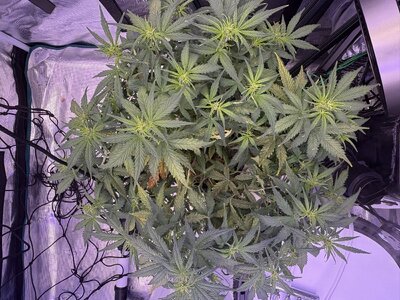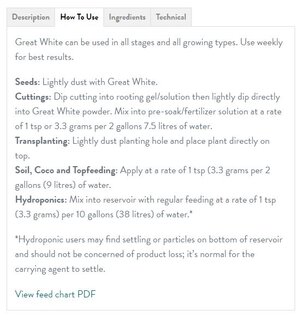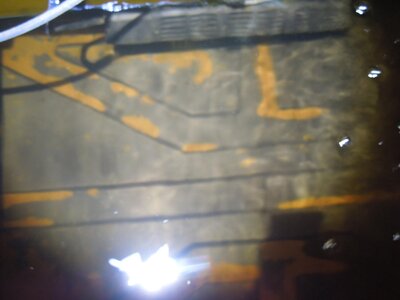heres a summary i had Gemini do of the 2 products.
here is a comparison of Plant Revolution's Great White and ORCA products, with relevance to their use in Deep Water Culture (DWC) systems:
Great White Premium Mycorrhizae:
- Type: Primarily a powder containing a diverse blend of mycorrhizal fungi species, beneficial bacteria strains, and also includes trichoderma fungi, plant vitamins, and glycine.
- How it Works: Aims to establish a symbiotic relationship between the fungi and plant roots, extending the root system's reach for improved water and nutrient uptake. The bacteria and trichoderma also contribute to root health and defense.
- Use in DWC: While the product description states it can be used in hydroponics, user discussions specifically about DWC mention that the powder form can sometimes leave sediment or a film in the reservoir. This sediment is generally considered inert, but it can potentially clog air stones, pumps, or filters over time, requiring more frequent reservoir cleaning.
- Benefits Claimed: Enhanced plant and root growth, increased water and nutrient uptake, reduced transplant shock, improved vigor, and help in preventing root diseases.
ORCA Liquid Mycorrhizae:
- Type: A liquid microbial product containing a blend of mycorrhizal fungi species and beneficial bacteria strains. Some sources indicate it has fewer microbial species than Great White, specifically lacking trichoderma.
- How it Works: Similar to Great White, it aims to enhance nutrient and water uptake through mycorrhizal association and beneficial bacteria activity, promoting healthy root development and disease resistance.
- Use in DWC: ORCA is often highlighted in user discussions as being more suitable or easier to use in DWC compared to Great White because it is a liquid and does not leave the same level of sediment. Users report good results and clean reservoirs with ORCA in DWC systems. It is designed to be easily mixed into the reservoir solution.
- Benefits Claimed: Increased nutrient and water uptake, stronger root systems, enhanced plant growth and yield, and help in preventing root diseases.
Comparison Summary for DWC:
Both products offer a blend of beneficial microbes intended to improve root health and nutrient uptake. The main difference relevant to DWC appears to be the
formulation: Great White is a powder that can leave sediment, while ORCA is a liquid designed for easier integration into hydroponic systems like DWC without the sediment issue. Some users find ORCA more convenient and cleaner for DWC, while others feel Great White, with its potentially broader spectrum of microbes (including trichoderma), might offer different or additional benefits despite the sediment.
Both products aim to create a healthier root environment, which is crucial in DWC for preventing common problems like root rot.
Please note that this information is based on summaries and user discussions found through Google Search, as I was unable to access the specific product pages on the provided URLs.
